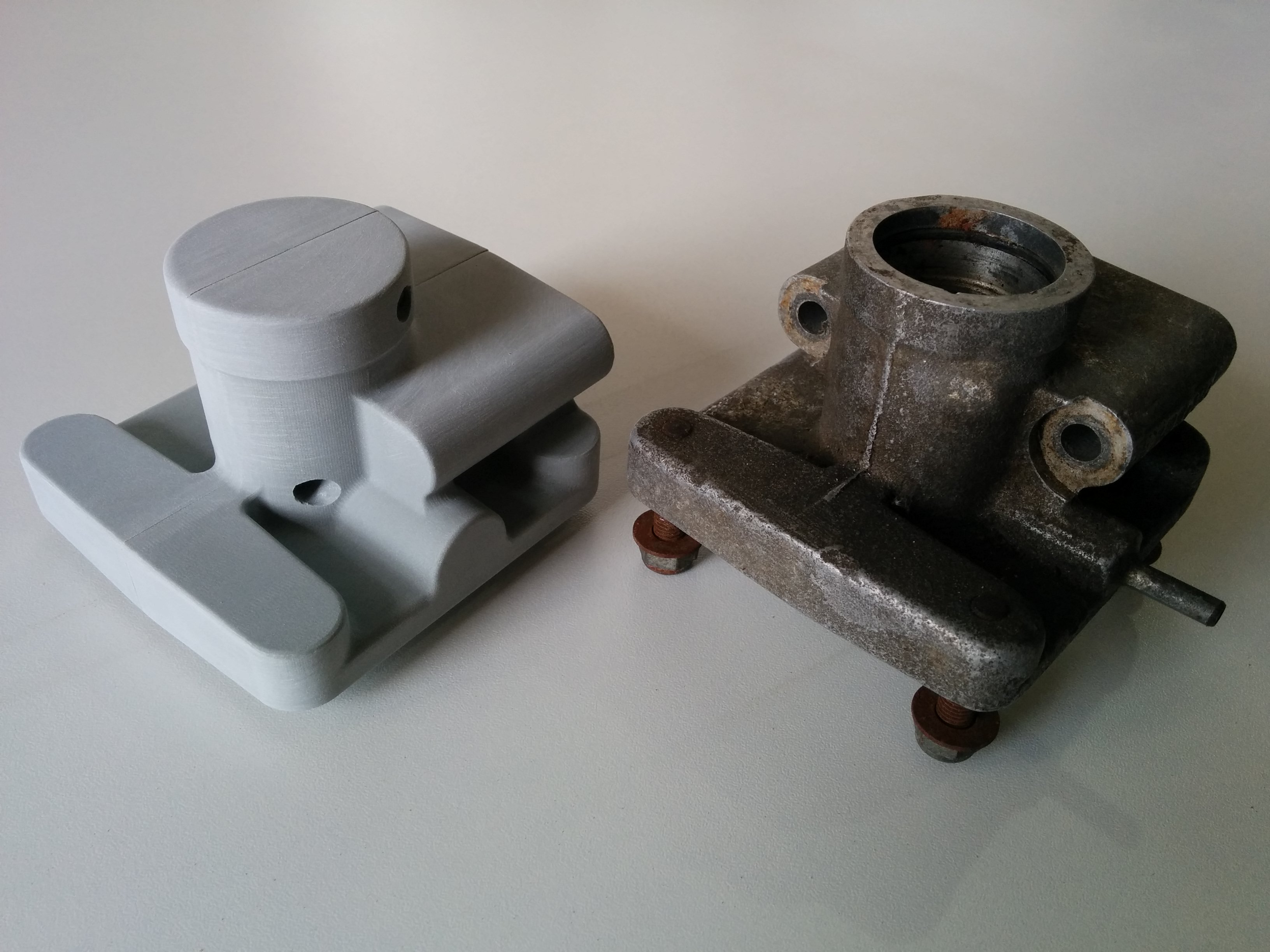Reverse Engineering for Proprietary Products

Reverse engineering involves the process of studying, analyzing, and disassembling a product or system to understand its design and functionality. In the context of proprietary products, reverse engineering is often used to gain insights into the underlying technology, identify areas of improvement, or develop compatible products.

Objectives of Reverse Engineering:

- Uncover design principles and construction methods
- Understand the functional components and their interrelationships
- Identify key materials, manufacturing processes, and techniques
- Improve product performance or functionality
- Develop substitute or compatible products
Methods of Reverse Engineering:
- Disassembly and Inspection: Removing components and examining them under a microscope or using other inspection techniques.
- Functional Analysis: Testing the product to understand its behavior and identify key features and functions.
- Documentation Analysis: Reviewing blueprints, schematics, manuals, and other technical documentation.
- Scanning and Imaging: Using scanners, X-rays, or other techniques to obtain detailed images and data about the product’s structure.
- Computer-Aided Design (CAD): Creating 3D models of the product based on the gathered data.
Challenges of Reverse Engineering:
- Intellectual Property (IP) Concerns: Reverse engineering may infringe on the IP rights of the original product manufacturer, especially if the product is patented or trademarked.
- Time and Resource Intensity: Reverse engineering can be a time-consuming and costly process, requiring significant expertise and resources.
- Complex Systems: Reverse engineering complex systems with multiple interconnected components and processes can be challenging.
- Limited Access to Information: Manufacturers often restrict access to technical documentation and internal designs, making it difficult to obtain complete and accurate information.
Applications of Reverse Engineering:
- Product Development: Understanding competitor products for innovation and improvement.
- Manufacturing Analysis: Optimizing production processes and materials for efficiency.
- Quality Control: Inspecting products for defects or non-conformances.
- Forensic Engineering: Determining the causes of product failures or accidents.
- Patent Validation: Analyzing potential patent infringements and developing legal strategies.## Reverse Engineering for Proprietary Products
Executive Summary
Reverse engineering, the process of dismantling a system to understand its inner workings and design, holds significant value in uncovering the underlying principles and innovations of proprietary products. Market players can leverage this technique to drive product innovation, enhance research and development efforts, and cater to evolving consumer demands effectively.
Introduction
Proprietary products often represent the epitome of innovation and exclusivity, embodying unique features and technological advancements. By reverse engineering these products, businesses can gain access to valuable insights, intellectual property, and understanding of design principles. This article will delve into the intriguing world of reverse engineering proprietary products, exploring its benefits, subtopics, and potential impact on product innovation.
FAQs
-
What are the primary advantages of reverse engineering proprietary products?
- Enhances product innovation through reverse engineering competitor products.
- Reduces product development timelines and costs.
- Uncovers design strategies, materials, and manufacturing processes.
-
Can reverse engineering infringe on intellectual property rights?
- In general, reverse engineering is legal for non-commercial purposes.
- Companies must adhere to fair use guidelines and avoid unethical practices.
-
What are the ethical considerations related to reverse engineering proprietary products?
- Reverse engineering should align with industry standards and professional ethics.
- Businesses should respect intellectual property rights and avoid using reverse engineering for malicious purposes.
Subtopics
1. Competitive Benchmarking
Reverse engineering aids in understanding how competitors achieve superior performance or incorporate novel features in their products. It enables companies to analyze design approaches, identify potential improvements, and elevate product offerings.
- Understanding material choices and functional properties of competitor products.
- Identifying differentiating design elements and innovations.
- Detecting potential vulnerabilities or areas for improvement.
2. Innovation and R&D
Reverse engineering has become an integral part of research and development processes. By studying the intricacies of proprietary products, companies can uncover design principles, material compositions, and manufacturing techniques that drive innovation.
- Extracting design inspiration and optimizing product concepts.
- Developing innovative solutions based on proprietary product analysis.
- Accessing cutting-edge technologies and materials.
3. Customer Needs Analysis
Reverse engineering provides insights into customer expectations and unmet needs. A thorough understanding of product design, functionality, and performance allows businesses to refine their offerings and address consumer demands more effectively.
- Identifying hidden features, solving customer pain points.
- Studying user interfaces and improving ease of use.
- Enhancing product value proposition and ensuring customer satisfaction.
4. Manufacturing Process Optimization
Reverse engineering aids in understanding manufacturing processes, enabling companies to identify cost-saving opportunities and improve production efficiency.
- Optimizing assembly and fabrication techniques.
- Reducing or simplifying production steps.
- Identifying opportunities for automation and quality control.
5. Supply Chain Management
Reverse engineering can reveal vital information about component sourcing, supply chains, and manufacturing partners. This knowledge aids in improving supply chain resilience, ensuring cost efficiency, and securing potential strategic alliances.
- Identifying potential suppliers and developing supplier relationships.
- Understanding product sourcing strategies and geographical distribution.
- Assessing supply chain dependencies and vulnerabilities.
Conclusion
Reverse engineering serves as a potent tool for product innovation and competitive advantage in the dynamic business landscape. By understanding the inner workings of proprietary products, companies can uncover invaluable insights, streamline product development, and meet evolving customer needs effectively. However, the ethical implications and respect for intellectual property rights must always be considered. As technology continues to advance, reverse engineering will remain an indispensable asset for businesses seeking to innovate, excel, and stay ahead in the competitive race.
Keyword Tags
- Reverse engineering
- Proprietary products
- Product innovation
- Research and development
- Competitive benchmarking
